Cruise only holidays are financially protected by ABTA. Fly cruise holidays are financially protected by Princess Cruises under ATOL number 6294
Please click here to check the essential travel requirements before booking this cruise.
Want to add a hotel stay or change your flights?
Just call our team of cruise specialists to help build your dream cruise holiday today!
Spread the cost of your holiday! Interest Free Monthly payments are based on a deposit of 15%, and 7 monthly installments in accordance with our balance due date.
Prices based on 2 people sharing. Cruise only price does not include flights. Fly-cruise price may vary by chosen UK airport.
Itinerary
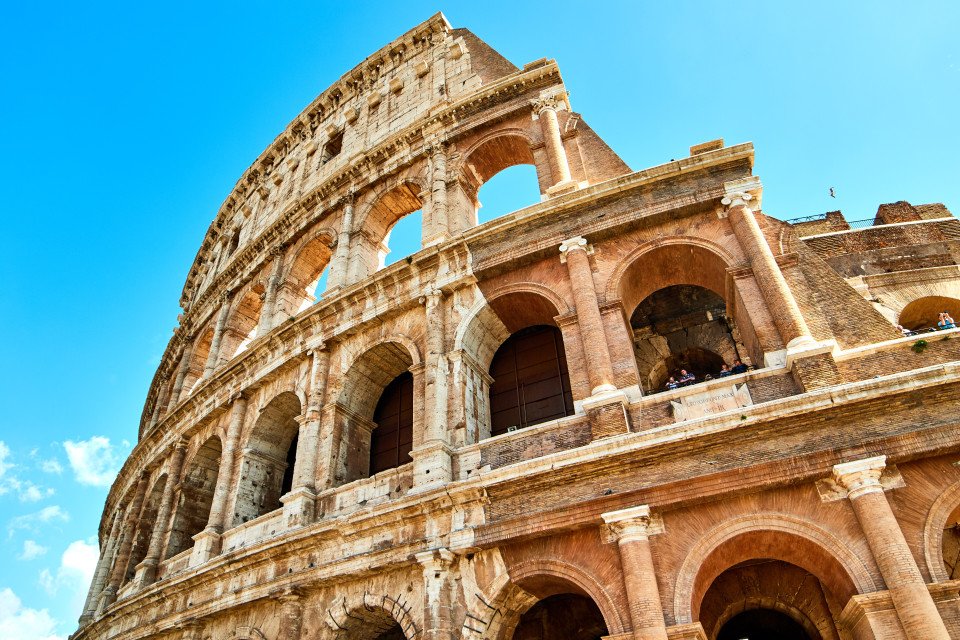
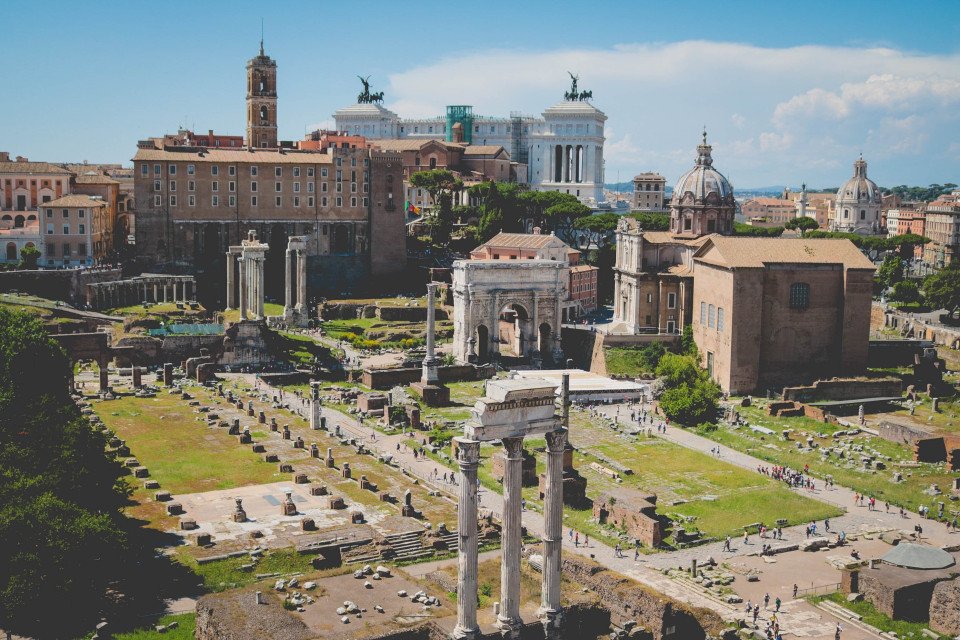
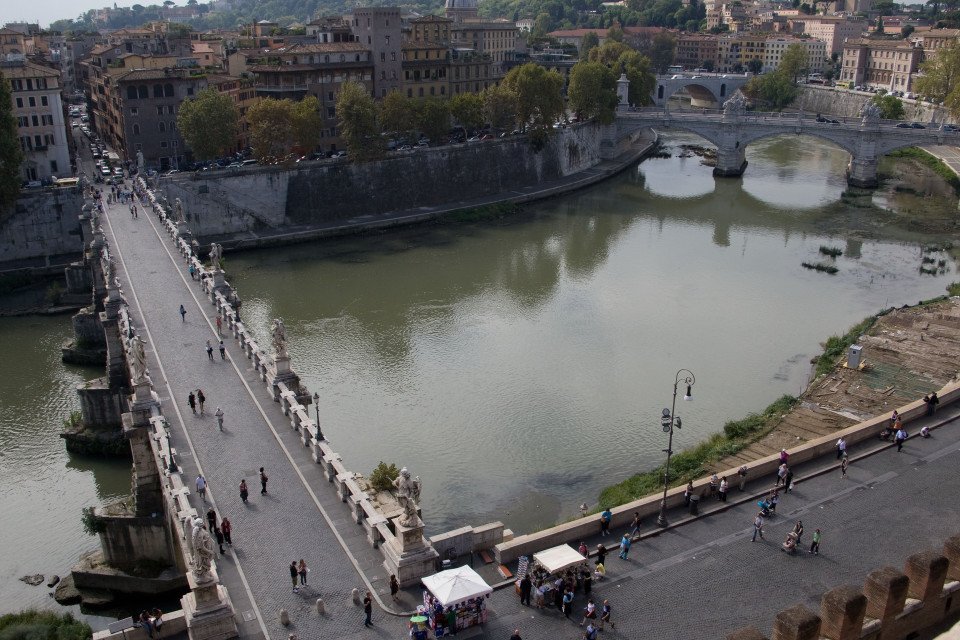
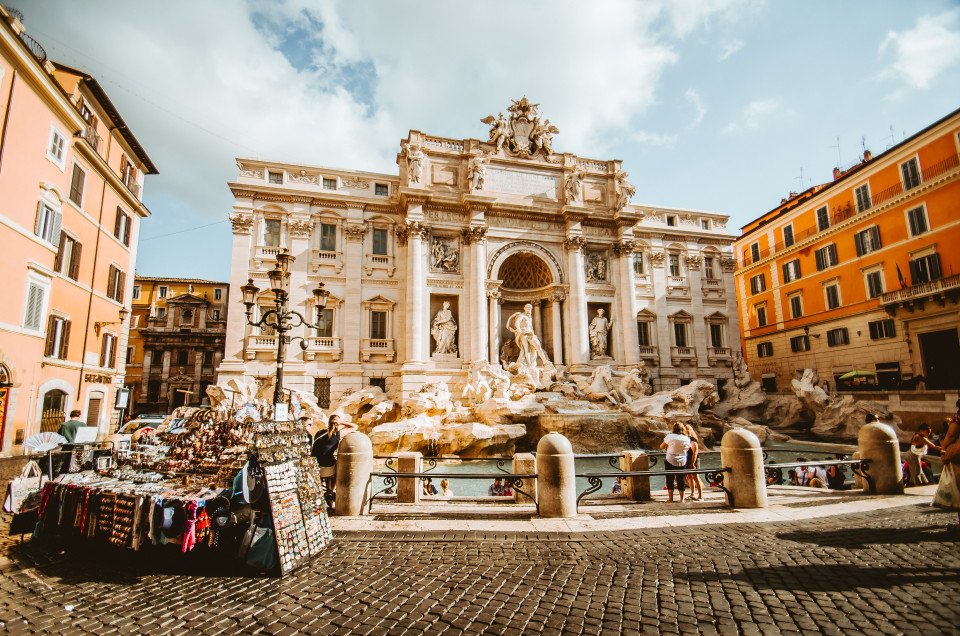
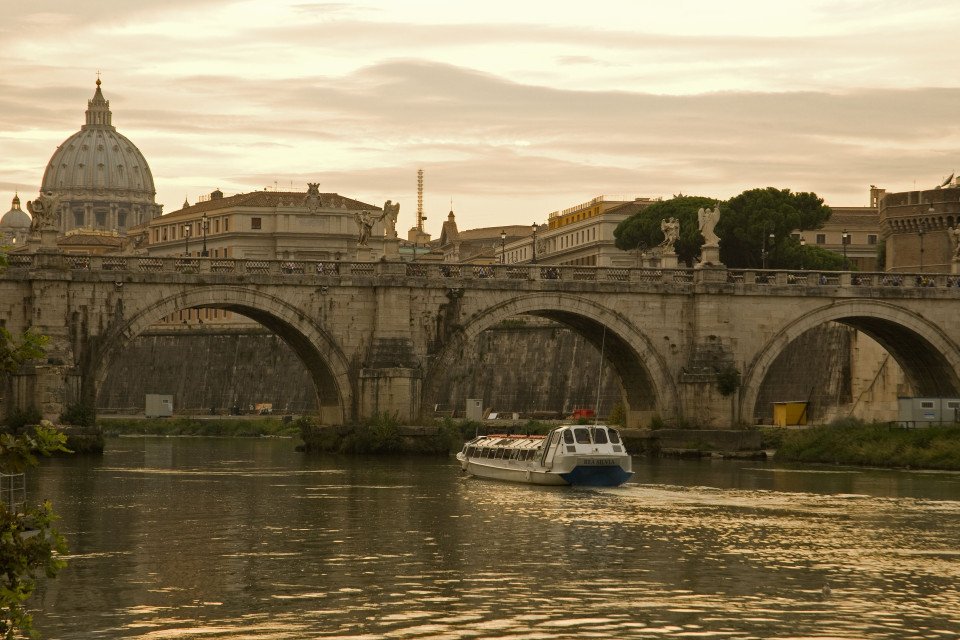
Civitavecchia
Italy's vibrant capital lives in the present, but no other city on earth evokes its past so powerfully. For over 2,500 years, emperors, popes, artists, and common citizens have left their mark here. Archaeological remains from ancient Rome, art-stuffed churches, and the treasures of Vatica... Read More
Civitavecchia
At Sea
Corfu
Dubrovnik
Kotor
At Sea
Naples
Civitavecchia
What's Included with
Princess Cruises
Delve into cuisines from across the globe with various dining options when you hop on-board a Princess Cruises ship. Enjoy exclusive cocktail receptions, deck parties, themed nights and entertainment throughout the day and into the evening. When you choose Princess Cruises for your next adventure you can enjoy peace of mind that you have everything you need when gliding the waves. Discover everything that a Princess Cruises sailing has to offer when you opt for an all-inclusive cruise holiday.
Accommodation
Entertainment throughout the day and evening
Use of swimming pools, hot tubs, fitness centre and leisure facilities where available
Return flights included from a choice of UK airports (fly cruise bookings only)
Room service from 6am to 11pm
Port taxes
Youth programmes for babies to 17-year-olds
Adult only areas
Exclusive cocktail receptions and deck parties on-board
Sailaway parties, themed nights and deck parties
Lemonade, water and iced tea available in selected venues
Shuttle service to and from ports and airport where available
Explore Sapphire Princess


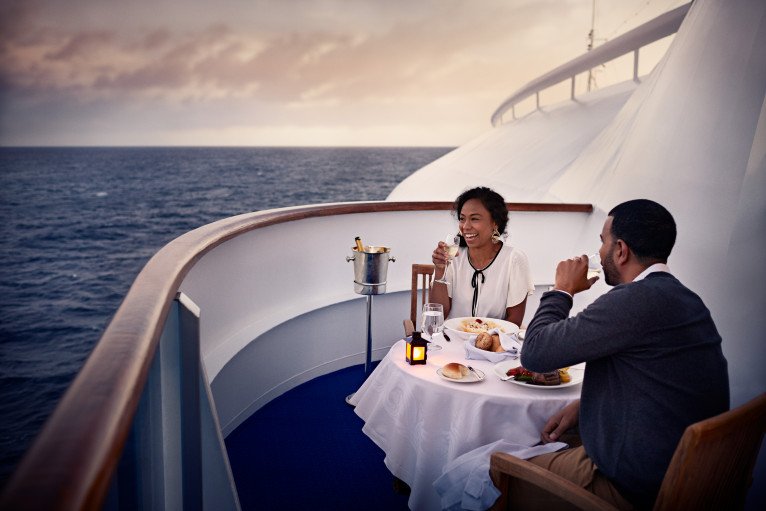
Santa Fe Dining Room
The Santa Fe Dining room is open for anytime dining at dinner time between 5.30pm and 10pm.
Santa Fe's speciality is chicken or steak fajitas.
The option of an 'always available menu' is also provided including steaks, chicken breast and salmon, along with healthy options.
The Santa Fe Dining Room is on the 6th Deck of the Sapphire Princess.

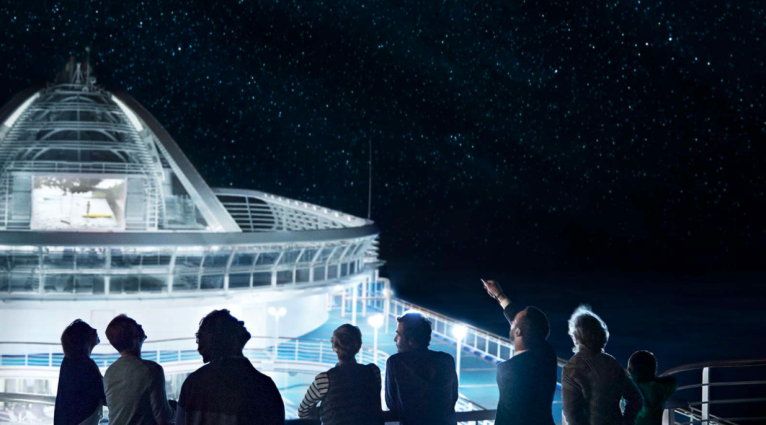



Excursions
Expertly curated, award-winning and varied, these excursions offer something for everyone, whether an adventure seeker, foodie or history lover.



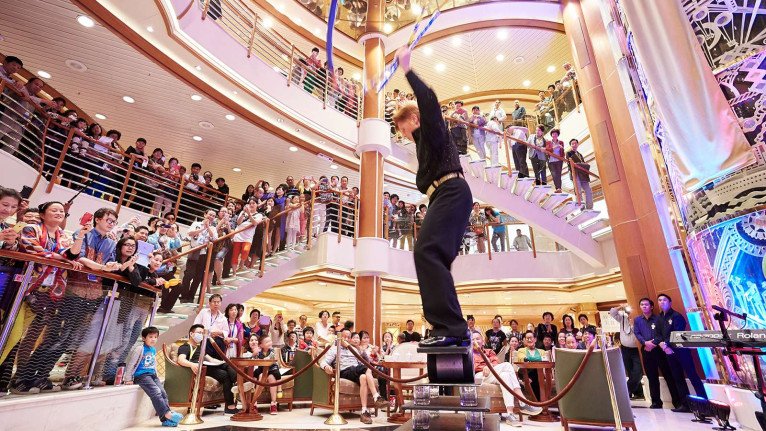
Princess Theatre
With dazzling stage sets, artists from around the globe, modern hits and timeless classics, the Princess Theatre, our largest theatre yet, showcases lavish, original productions with dynamic cast members in sumptuous surroundings. In this ultramodern theatre, relax in a plush seat with unobstructed sight lines as the velvet curtain goes up, a state-of-the-art lighting system illuminates the stage, and it’s on with the show!




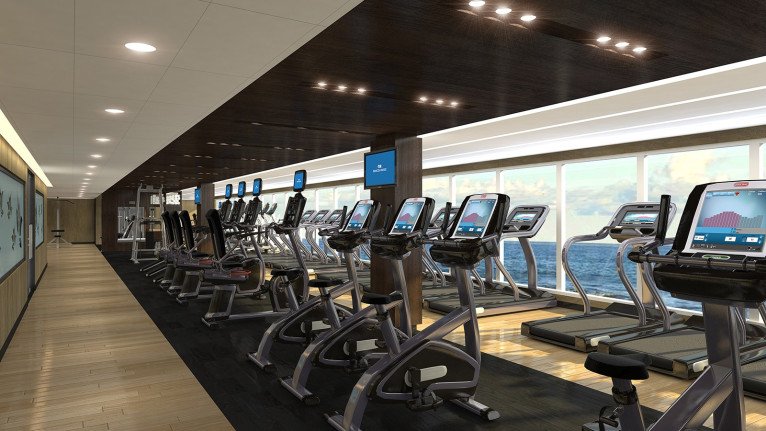

Freshwater Pools & Hot Tubs
Take a dip in our sparkling freshwater pools and leave your everyday world behind. Unwind on a padded lounger and soak up the sun, catch up on reading, listen to music or dream of your next adventure on board or ashore. And what better way to relax and revitalise after a day exploring the world than a long soak in one of our whirling hot tubs. And don’t forget, there is always a server nearby to bring you a refreshing cocktail or favourite beverage.

Just for Kids 3-7
Even the littlest guests will delight in this whimsical, forest-themed world that inspires playtime and invites exploration. Kids, ages 3 to 7, can dance, enjoy pyjama movie nights, create art projects like Animal Planet™ puppets and masks or compete in a Lego® boat-building contest.
Deck 17/18 - Sky

- Skywalkers Nightclub
- Sports Court
Deck 16 - Sports

- Deck Chess Set
- Hot Tubs
- Lawn Court
- Platinum Studio
- Shuffleboard
- The Oasis
- The Sanctuary
Deck 15 - Sun

- Fitness Centre
- Lap Pool
- Lotus Spa
- Massage
- Movies Under The Stars
- Splash Pool
- Teen Centre
- Aerobics
- The Conservatory
- Trade Winds
- Youth Centre
Deck 14 - Lido

- Calypso Bar
- Calypso Reef & Pool
- Horizon Court
- Horizon Terrace
- Hot Tubs
- Neptune's Reef & Pool
- Outrigger Bar
- Prego Pizzeria
- Sterling Steakhouse
- Swirls
- The Mermaid's Tail Bar
- Trident Grill
- Interior Staterooms (2x wheelchair accessible)
- Balcony Staterooms
Deck 12 - Aloha

- Terrace Pool
- Interior Staterooms (2x wheelchair accessible)
- Balcony Staterooms (4x wheelchair accessible)
- Suites
Deck 11 - Baja

- Interior Staterooms
- Oceanview Staterooms
- Balcony Staterooms (4x wheelchair accessible)
- Suites
Deck 10 - Caribe

- Interior Staterooms (1x wheelchair accessible)
- Balcony Staterooms (4x wheelchair accessible)
- Oceanview Staterooms
- Suites
Deck 9 - Dolphin

- Interior Staterooms
- Balcony Staterooms
- Suites
- Mini-Suites
Deck 8 - Emerald

- Interior Staterooms (5x wheelchair accessible)
- Balcony Staterooms
- Suites
- Mini-Suites
- Oceanview Staterooms (4x wheelchair accessible)
Deck 7 - Promenade

- Club Fusion
- Crooners Bar
- Explorers Lounge
- Internet Café
- Meridian Bay
- Photo Gallery
- Princess Theatre
- Promenade Galleria
- Sabatini's
- The Shops of Princess
- Wheelhouse Bar
Deck 6 - Fiesta

- Calypso Cove
- Captain's Circle
- Churchill Lounge
- Future Cruise Sales
- Grand Casino
- International Dining Room
- Library
- Meridian Bay
- Pacific Moon Dining Room
- Passenger Services
- Princess Theatre
- Santa Fe Dining Room
- Shore Excursions
- The Shops of Princess
- Wake View Bar
Deck 5 - Plaza

- Alfredo's Pizzeria
- Bar Piazza
- International Café
- Princess Fine Arts Gallery
- Savoy Dining Room
- The Library
- The Piazza
- Vines Bar
- Vivaldi Dining Room
- Writing Room
- Interior Staterooms
- Oceanview Staterooms
Deck 4 - Gala

- Medical Centre
Sapphire Princess Cabins & Suites

Interior

Oceanview

Balcony






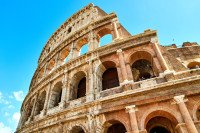

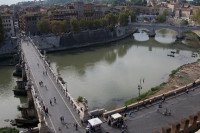
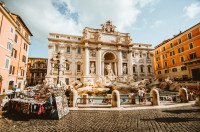
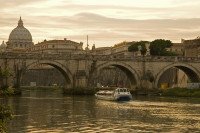

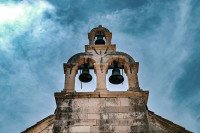
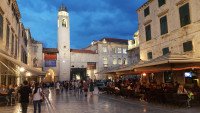
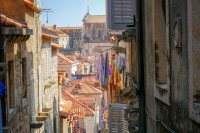
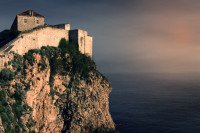
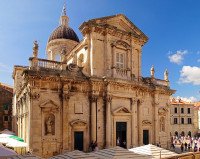
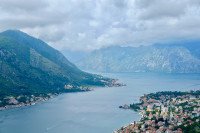
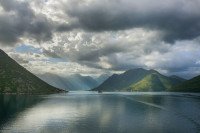
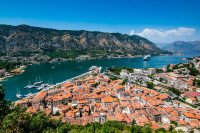
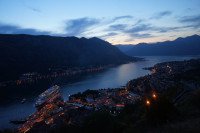
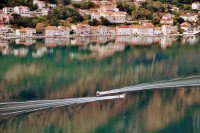
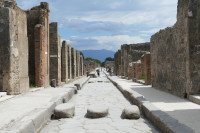
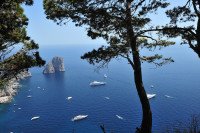
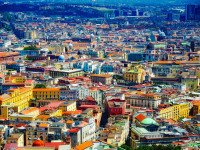
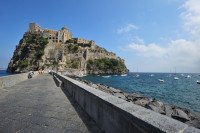

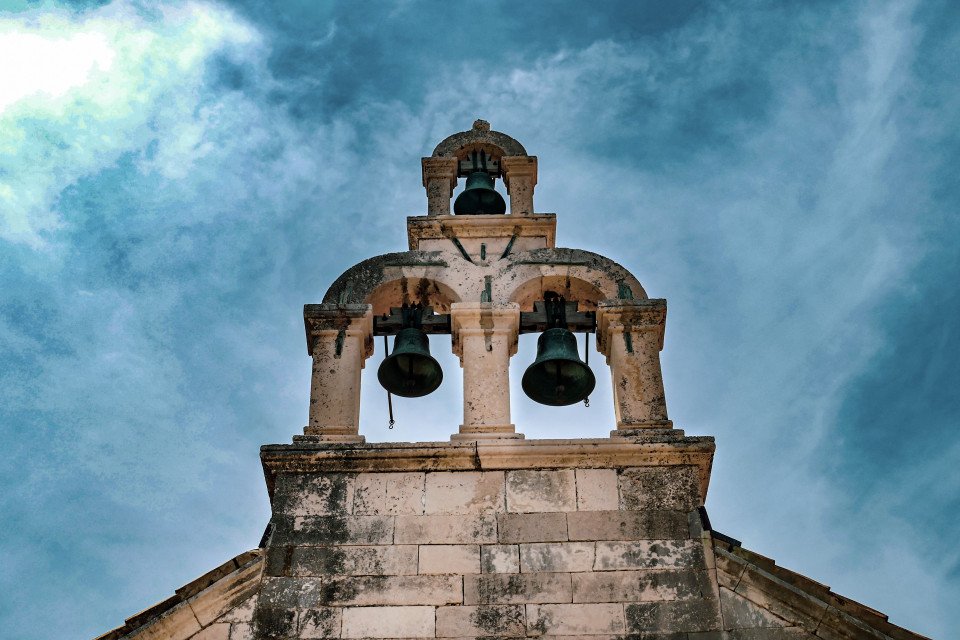
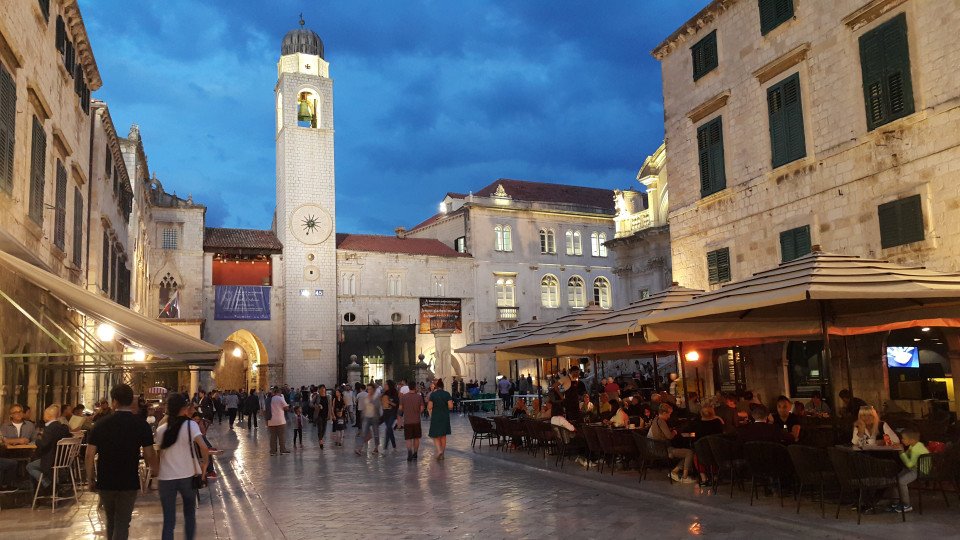
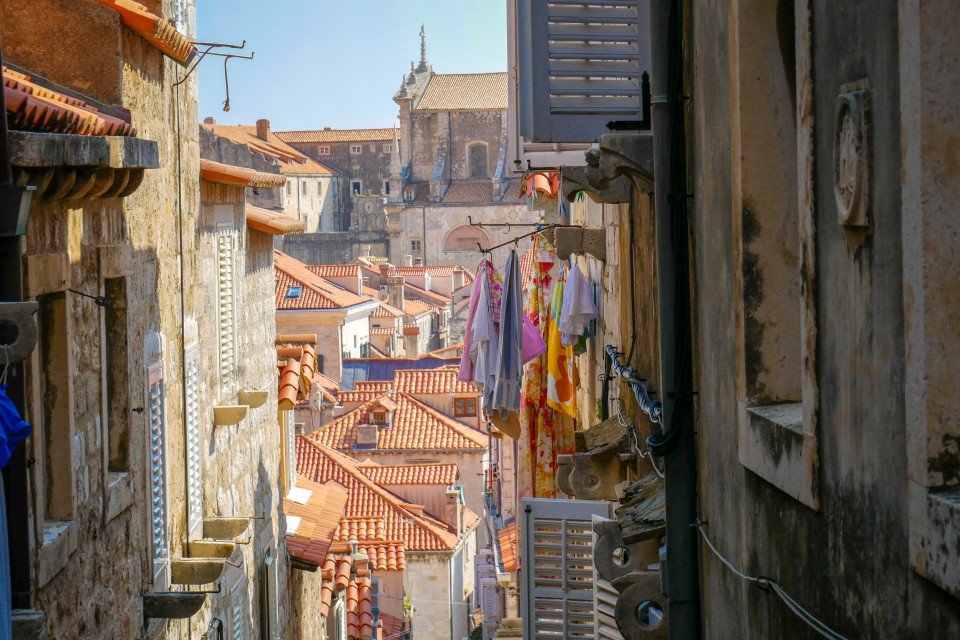
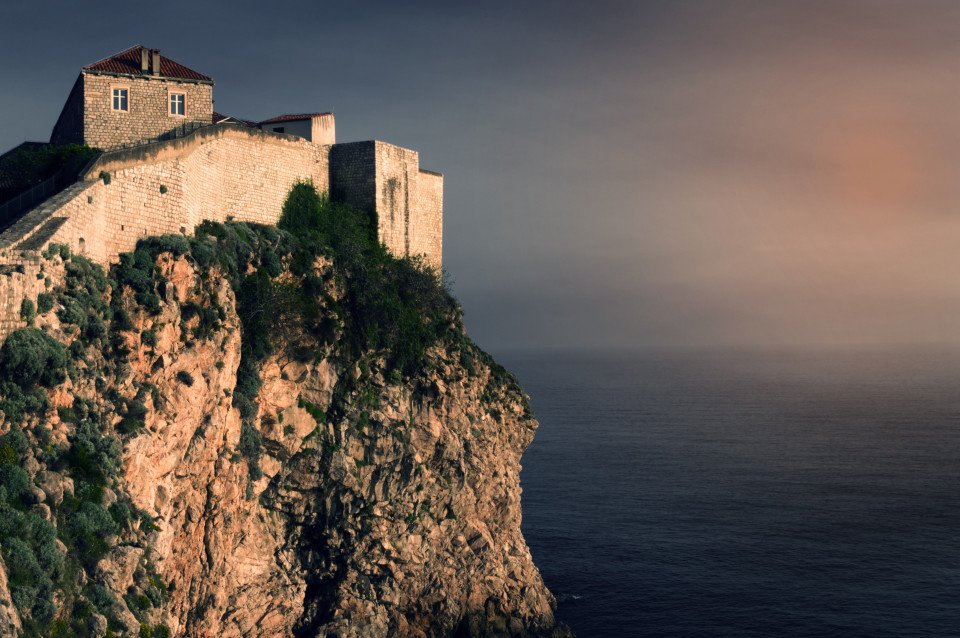
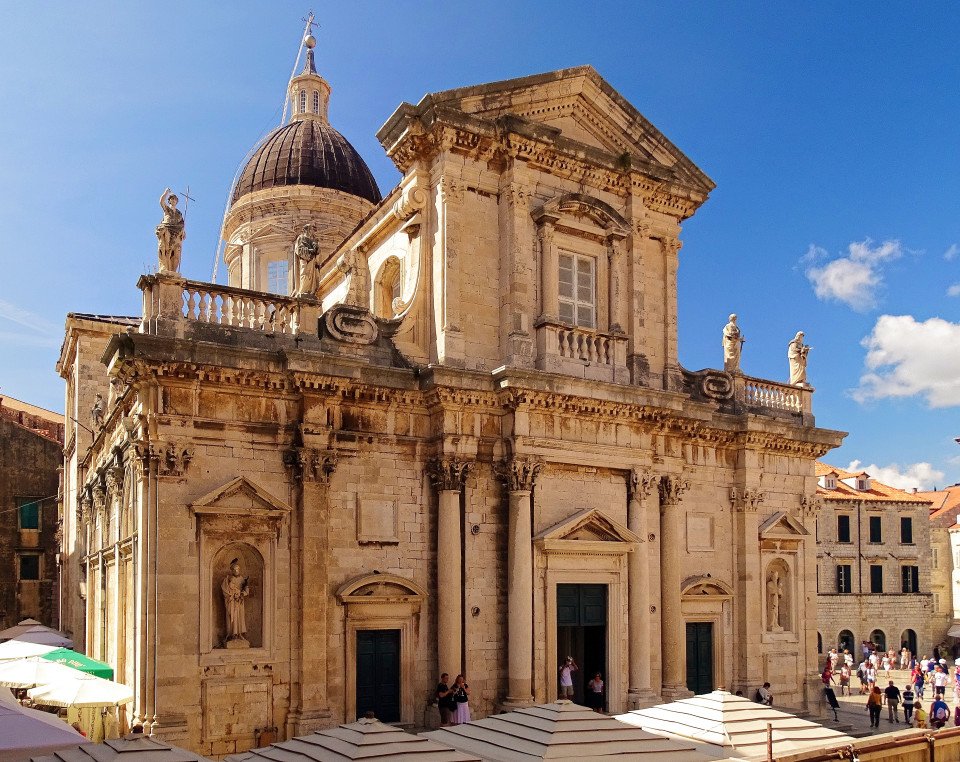
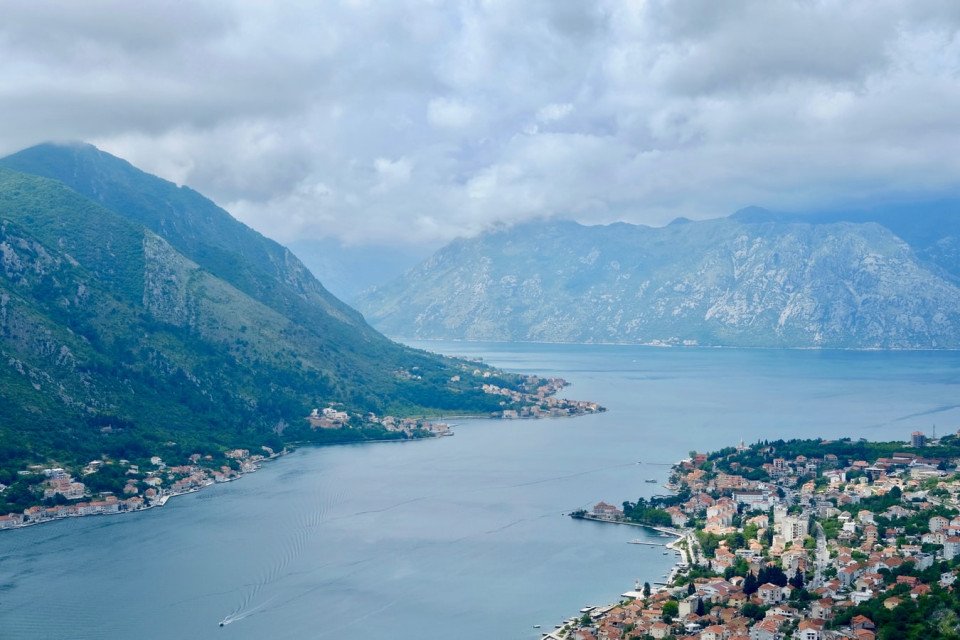
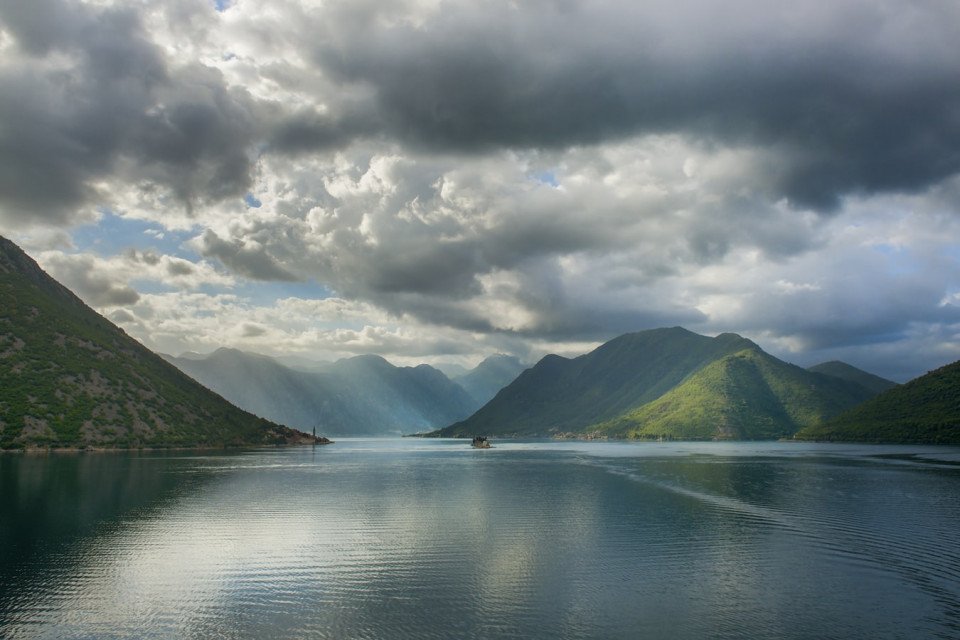

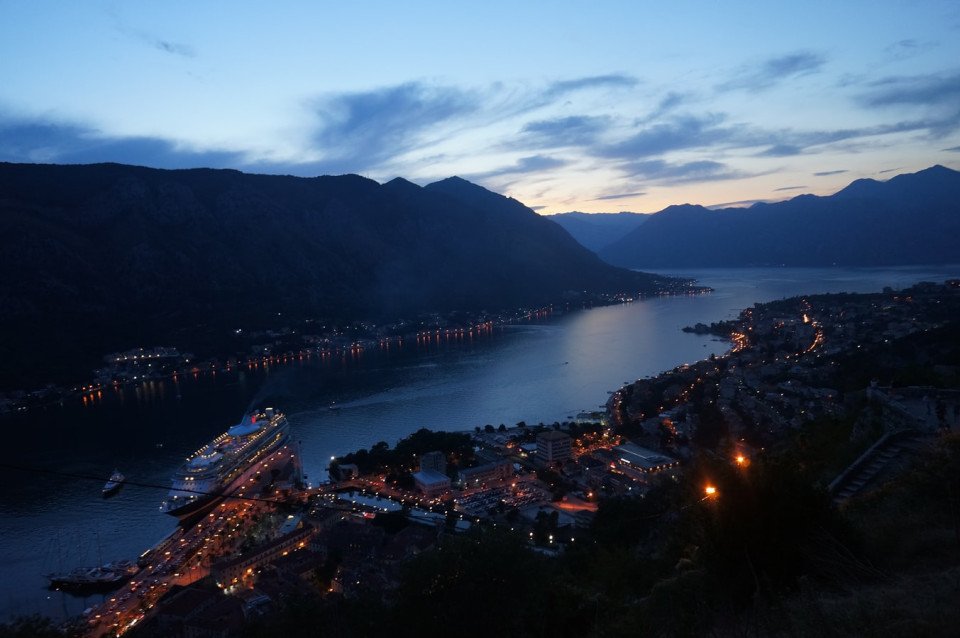
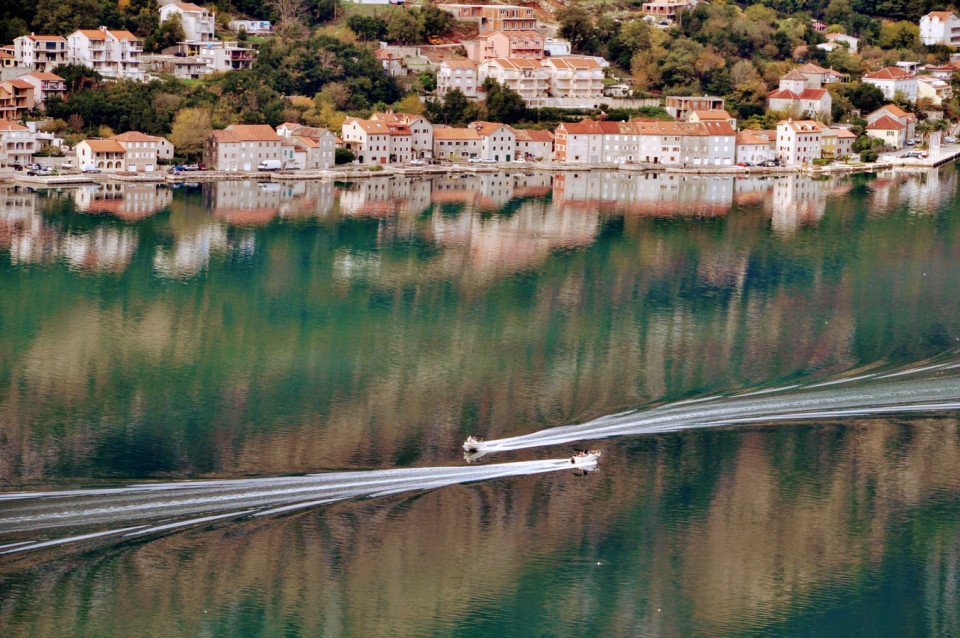
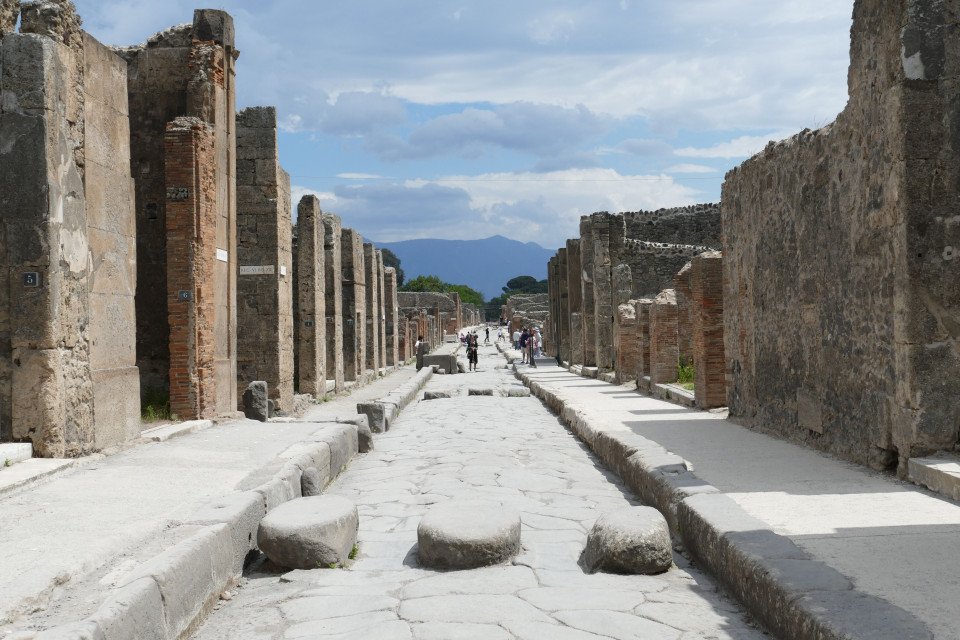
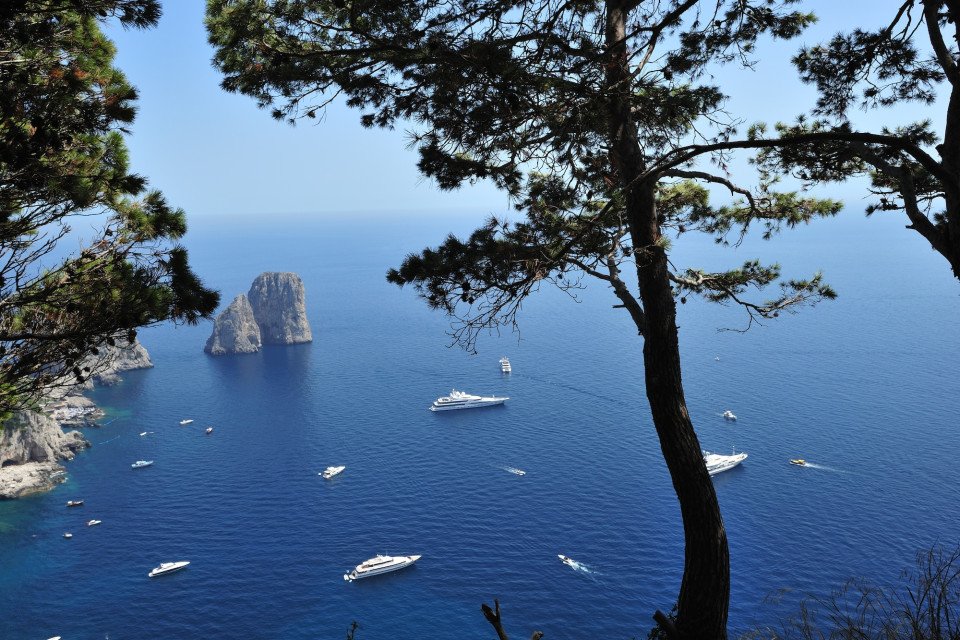
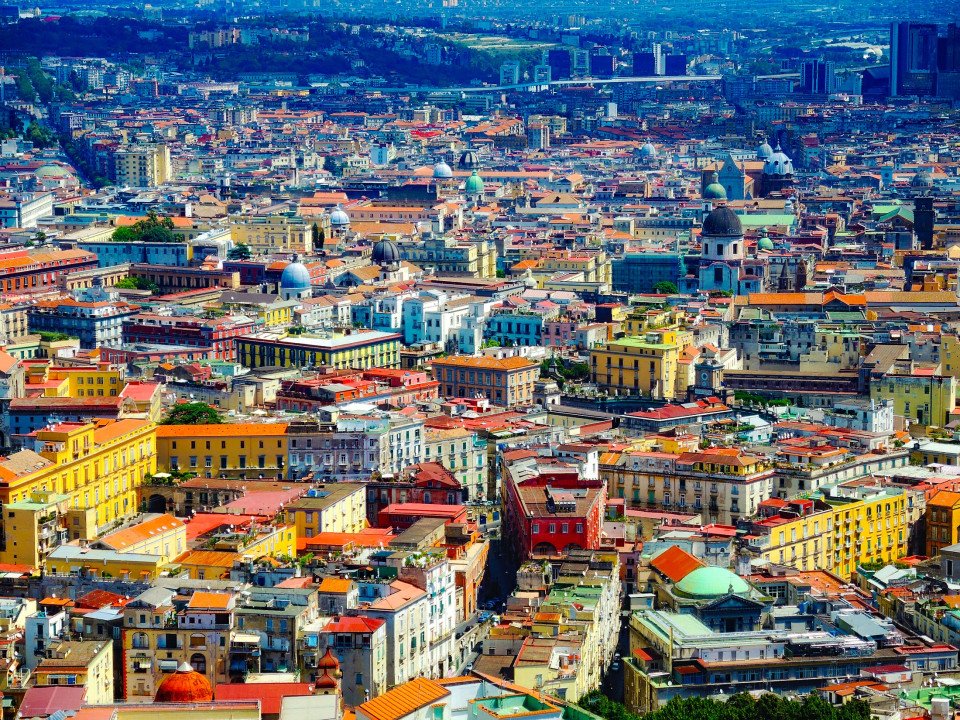
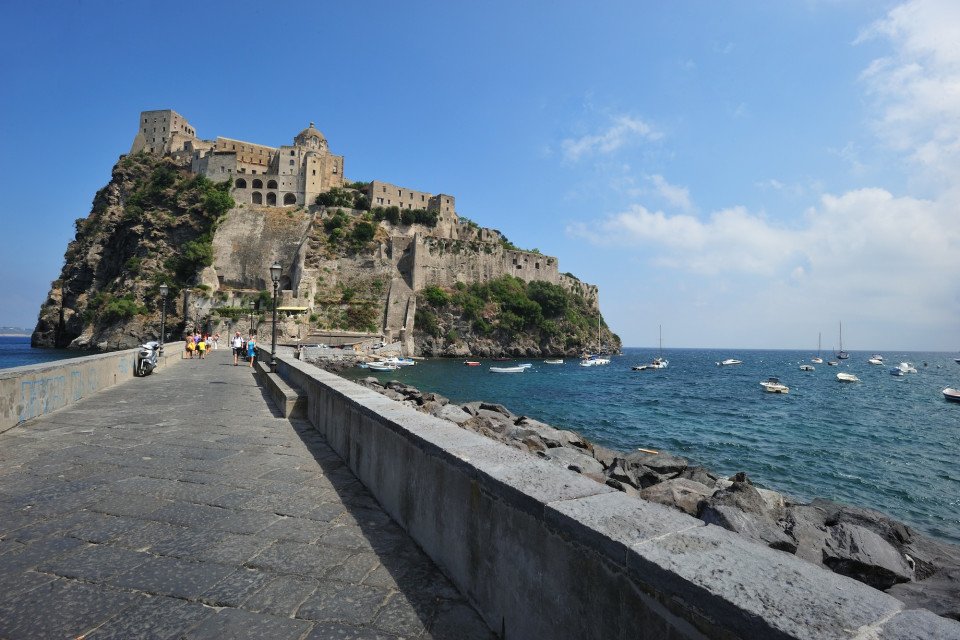

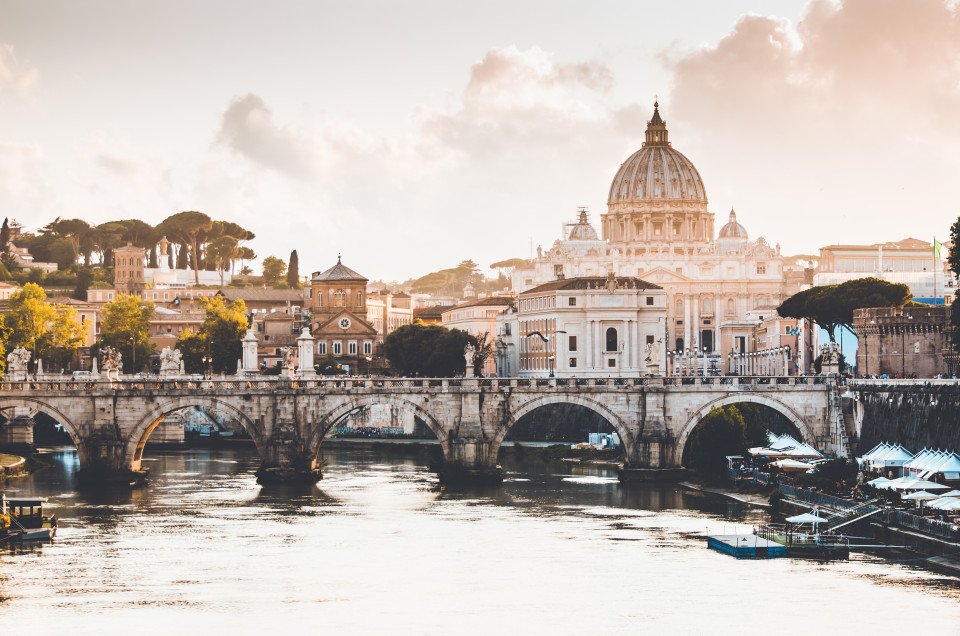







-large_thumb.jpg)









